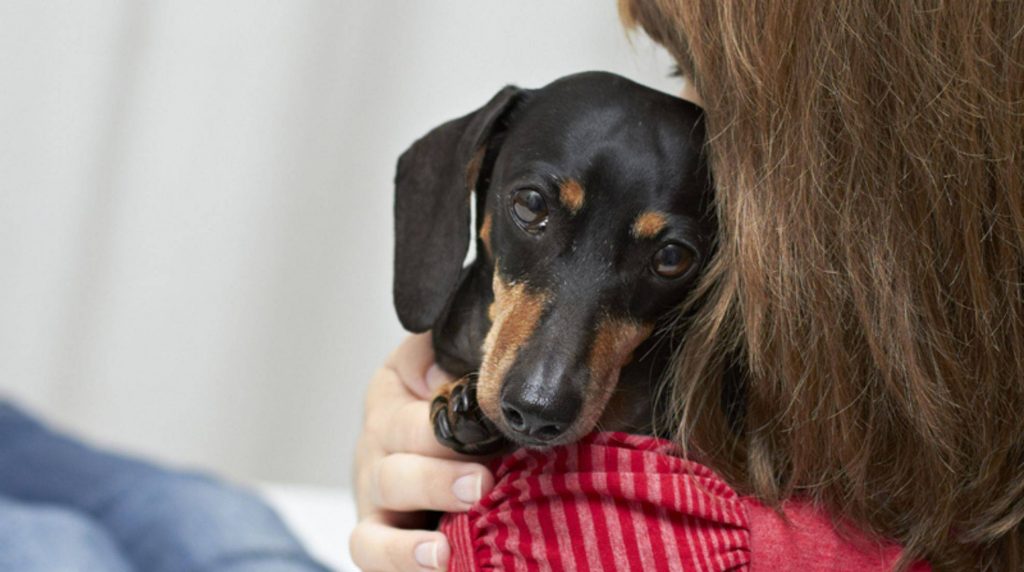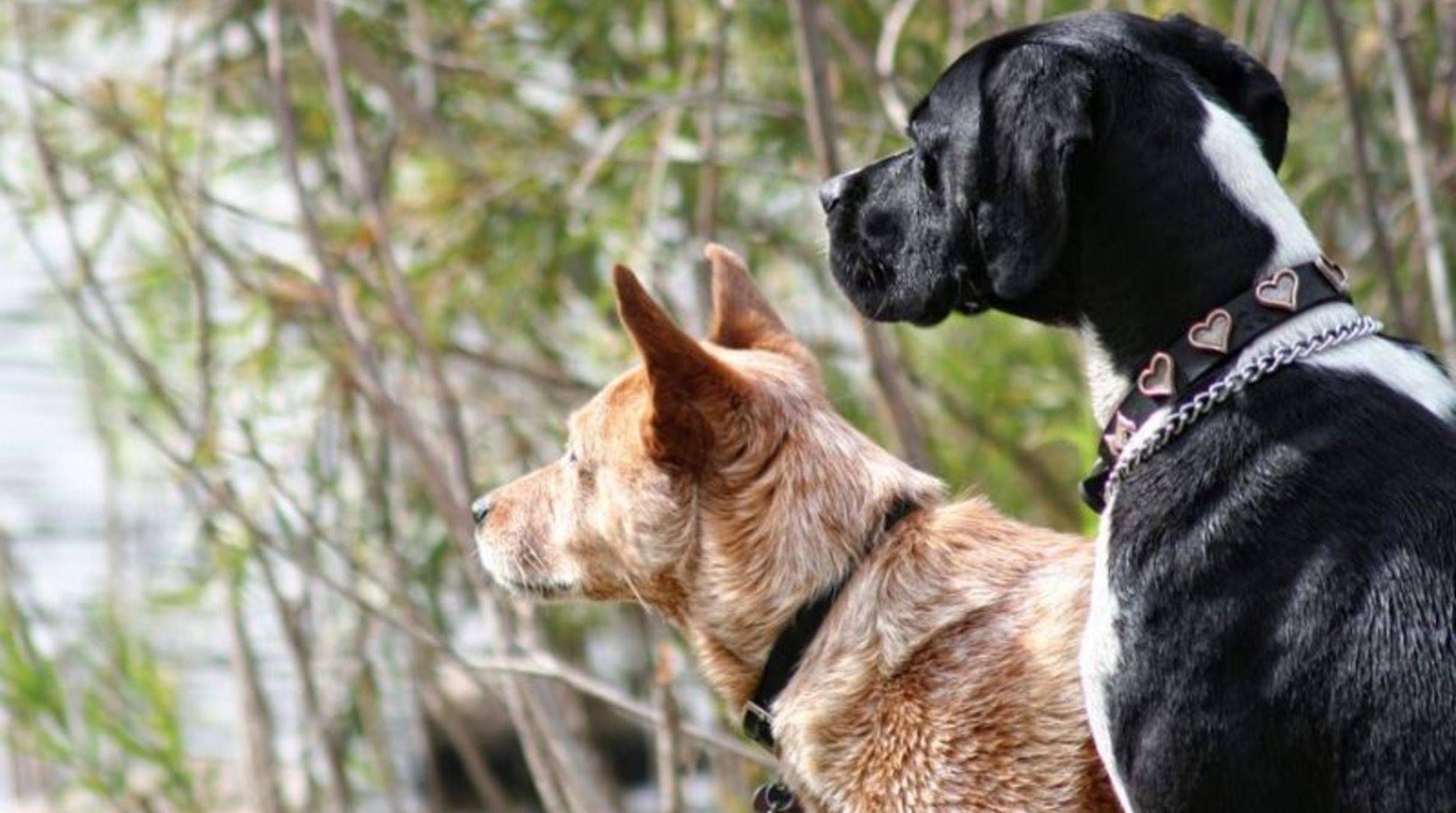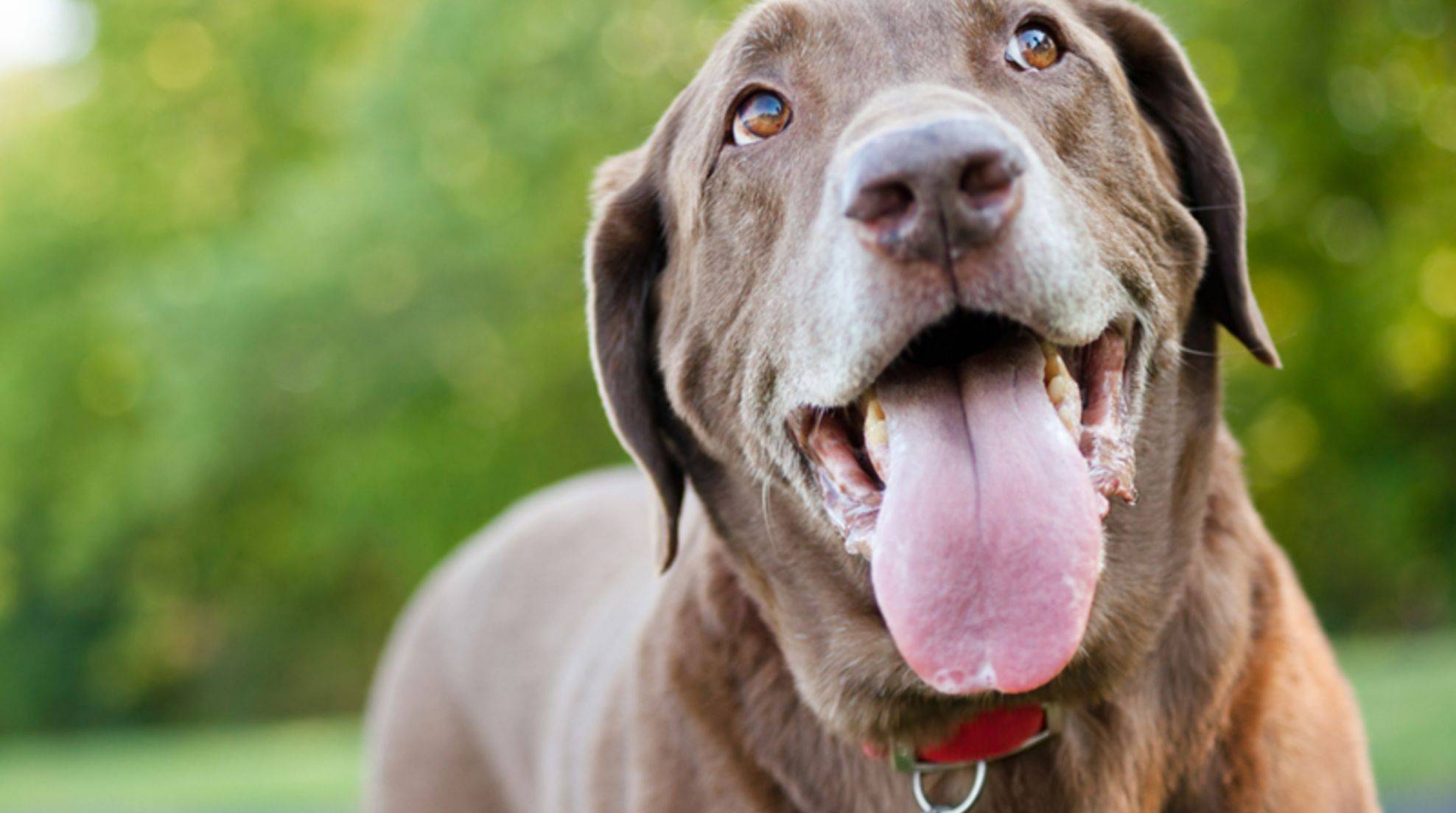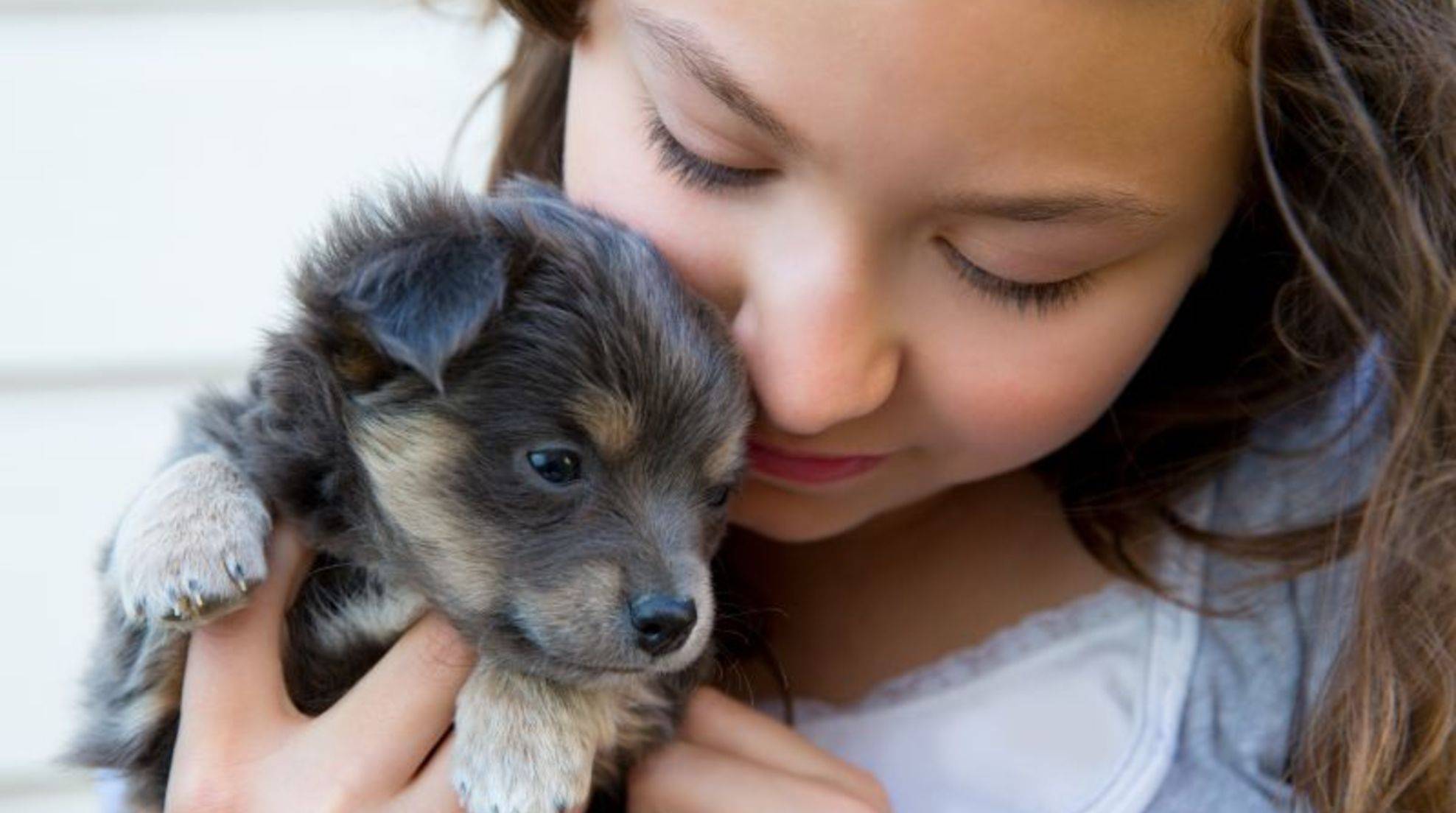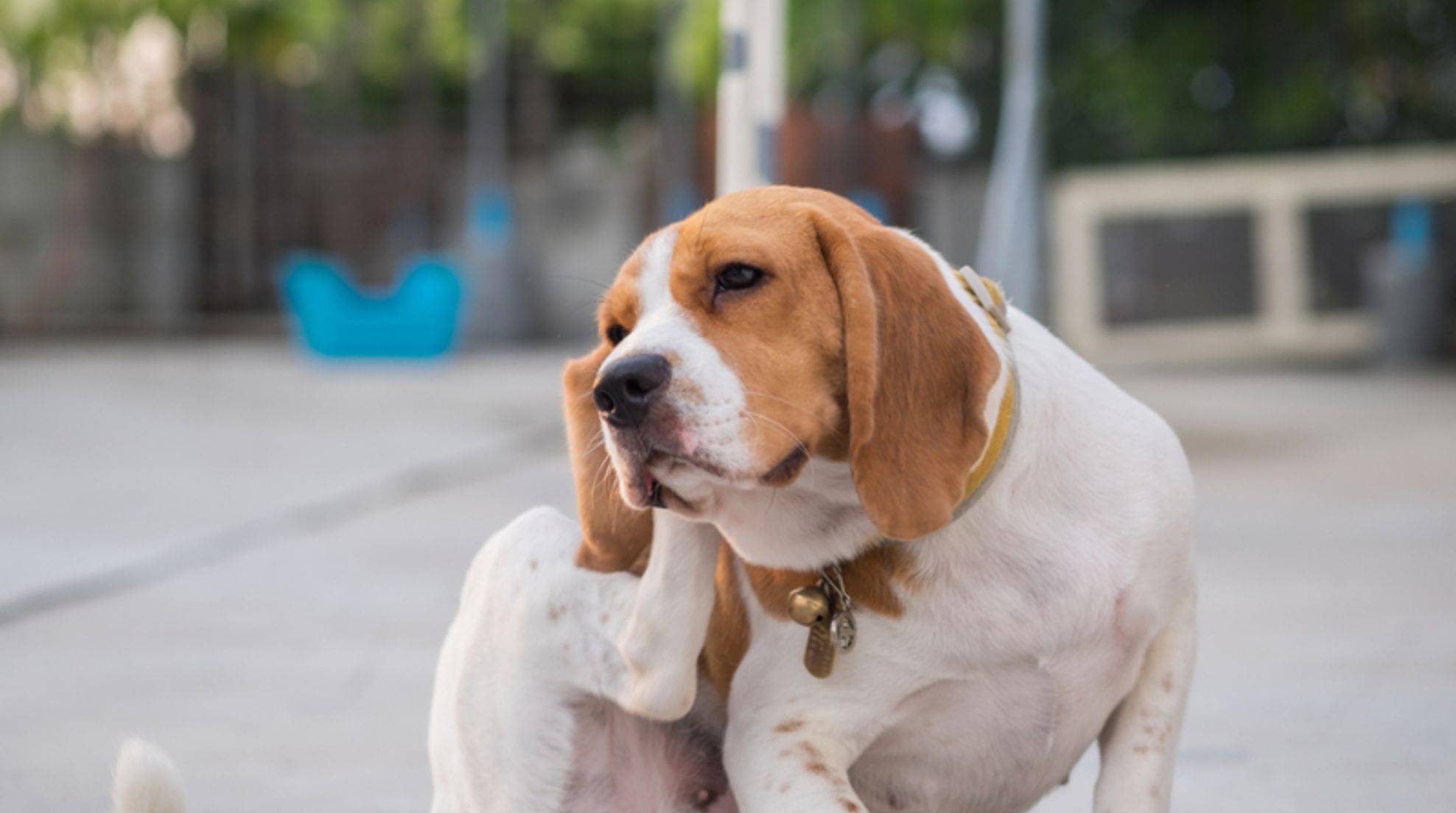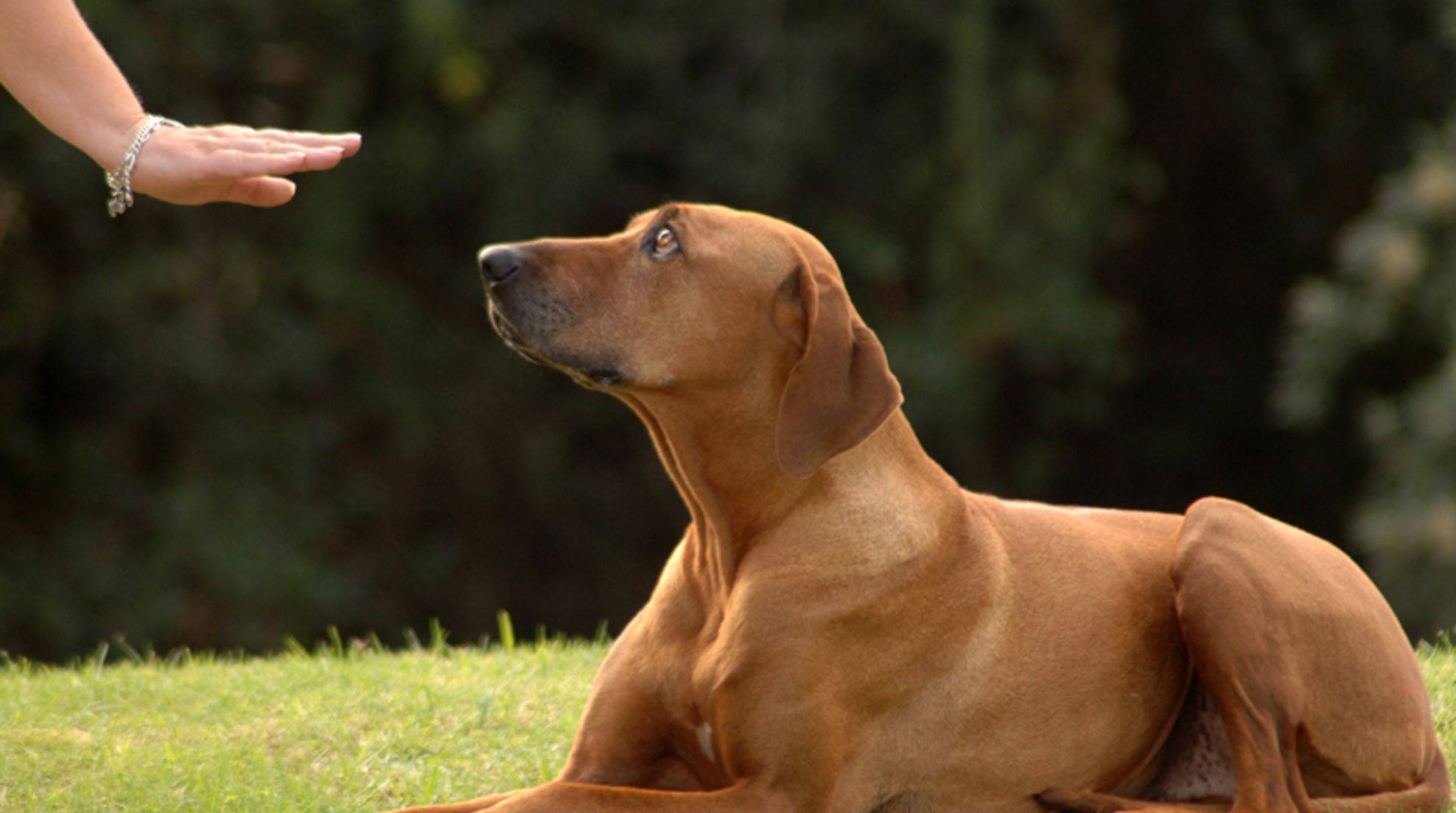Dog training fallacy: do dogs need hardening?
A dog runs, on walks, or a dog training school, you’ll occasionally hear the phrase, “He’ll have to go through it!” In dog training, it seems the prevailing opinion among some owners is that dogs need hardening to learn. But is there any truth to this, or is it a misconception?
Dogs are very adaptable and have adapted to living and working with humans over the many millennia they have been domesticated. If the bond between animal and owner is correct, consistency, clarity, and patience in dog training are enough for the four-legged friend to adhere to the desired rules.
However, we humans must not forget that our animal friends still have their instincts. Reacting to undesirable behaviors of the dog with hardening and coercion would be the wrong way.
“He’ll have to go through it!”: Misconception or truth?
As long as two strange dogs play peacefully with each other, you do not have to intervene. But if it comes to a fight or bullying and your dog behaves fearfully, he needs your help. In such situations, when your four-legged friend seeks your protection or the other dog is physically superior to him and plays too wildly, it would be a mistake to dismiss this with a “He’ll have to go through!”. This would not lead to hardening but would strengthen or trigger your dog’s fearfulness and insecurity. If he then realizes that he cannot rely on his caregiver in moments that unsettle him and cause him to stress, your bond with each other will suffer – and that in turn will make dog training more difficult.
Dog training: adaptation yes, hardening no
If you want to achieve hardening through dog training, it is better to start small and get support from a dog trainer if necessary. This is advisable, for example, if your dog has already developed an anxiety disorder. Systematic desensitization is the technical term for when your four-legged friend gradually gets used to a fear-triggering stimulus. For example, if your dog is afraid of thunderstorms, it makes little sense to send him outside during lightning and thunder to harden him. Instead, you should gently acclimate your little scaredy-cat to the sounds and provide him with a haven indoors during a thunderstorm.
Dogs adapt to many things when living with their humans that are not their instinct. They learn to walk on a leash, eat the food they are handed, understand commands, and behave publicly. This alone requires a great deal of frustration tolerance, impulse control, and a willingness to learn from them. So it is unnecessary to ask him to endure and endure situations that may instill fear or even become dangerous for him.

